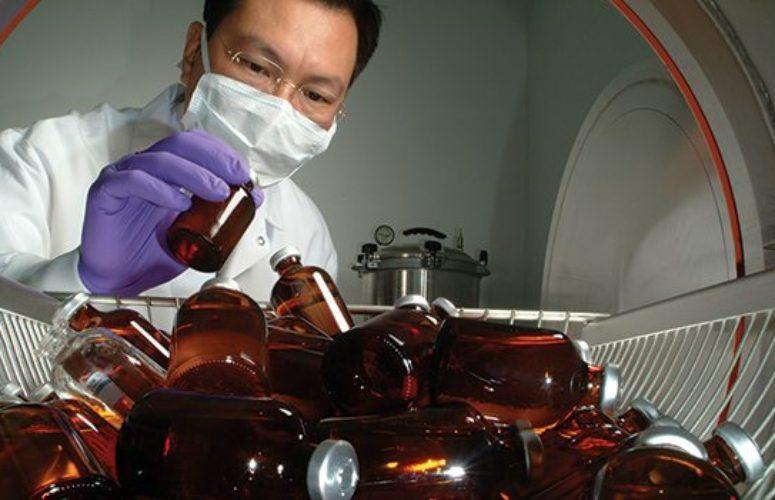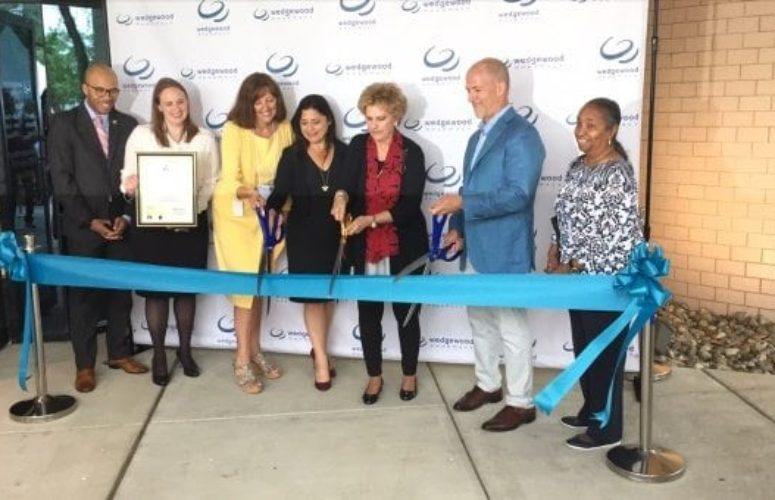
Pharmaceutical Compounding
Wedgewood Pharmacy compounds medications for humans, animals.
By Anthony Bucci, Assistant Editor On May 27, 2015In 1981, George and Lucy Malmberg decided they wanted to become entrepreneurs, so they purchased a bankrupt pharmacy in Sewell. Breaking even was not an easy task for the couple, but they were dedicated to making the business work by opening early and closing late.
However, when chain pharmacies eventually made their way into town, the Malmberg’s didn’t want to become a “smaller, weaker version” of their competitors, so, they decided to take their love for making medicine and move in a new direction.
“The Malmberg’s wanted to find a niche in the marketplace that served an unmet need. So, they decided to turn to compounding,” says Marcy Bliss, president of the Malmberg’s Wedgewood Pharmacy. “A compounding pharmacy prepares medications when a doctor or prescriber determines there is a medical need, and manufactured drugs are either not available due to a cease in manufacturing, backorders or shortages – or they are not appropriate for the need. These compound medications are basically made from scratch, with ingredients tailored to each individual.”
For instance, a patient may have an allergy to a certain inactive ingredient or have a sensitivity to a preservative in an off-the-shelf medication, Bliss says. “So, our compounding pharmacists will prepare medications without those ingredients.”
Wedgewood Pharmacy first began compounding medications for human health, however, “it wasn’t until a couple of years later that veterinarians discovered that compounding could also meet the needs of animals and pets,” Bliss says. Today, Wedgewood Pharmacy’s primary focus is veterinary medicine and has been innovating to not only provide medications tailored to specific animals, but finding ways to administer them with its DeliverEase® dosage-forms.
“When you’re trying to give medication to a dog or a cat, they may not take it. So, the medication has to be customized into capsules, chew treats, oral liquids, pastes and powders or transdermal gels to administer to them. We can also add different flavors to some of these methods like chicken or tuna, so that the animal would take it.”
Because of the pharmacy’s expansion in the marketplace, the company moved to a 4,000-square-foot facility in 2003 with approximately 30 employees. Today, it occupies a 40,000-square-foot pharmacy in Swedesboro and a nearby 17,000-square-foot administrative facility. It currently employs 250 pharmacists, pharmacy and veterinary technicians and various other business professionals. And, according to Bliss, the company has no plans of slowing down.
“Right now, we are prototyping and testing a few new ideas and are just making sure that our plans for growth and innovation have to do with the market needs in both the animal and human health market,” she concludes. “We just want to continue to have a business that is innovating and reinventing itself every year. It’s something that the Malmberg’s have always strived to do.”
Related Articles:






